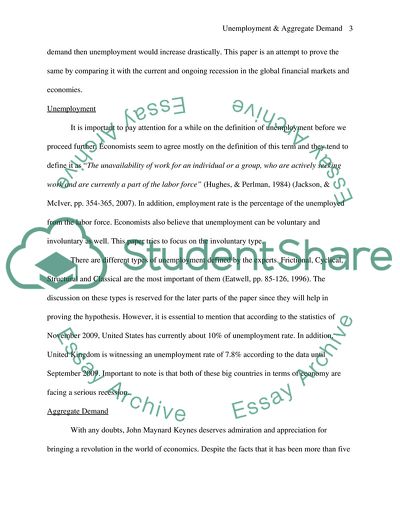Cite this document
(The Current and Ongoing Recession in the Global Financial Markets and Essay, n.d.)
The Current and Ongoing Recession in the Global Financial Markets and Essay. Retrieved from https://studentshare.org/macro-microeconomics/1731410-business-environments
The Current and Ongoing Recession in the Global Financial Markets and Essay. Retrieved from https://studentshare.org/macro-microeconomics/1731410-business-environments
(The Current and Ongoing Recession in the Global Financial Markets and Essay)
The Current and Ongoing Recession in the Global Financial Markets and Essay. https://studentshare.org/macro-microeconomics/1731410-business-environments.
The Current and Ongoing Recession in the Global Financial Markets and Essay. https://studentshare.org/macro-microeconomics/1731410-business-environments.
“The Current and Ongoing Recession in the Global Financial Markets and Essay”. https://studentshare.org/macro-microeconomics/1731410-business-environments.


